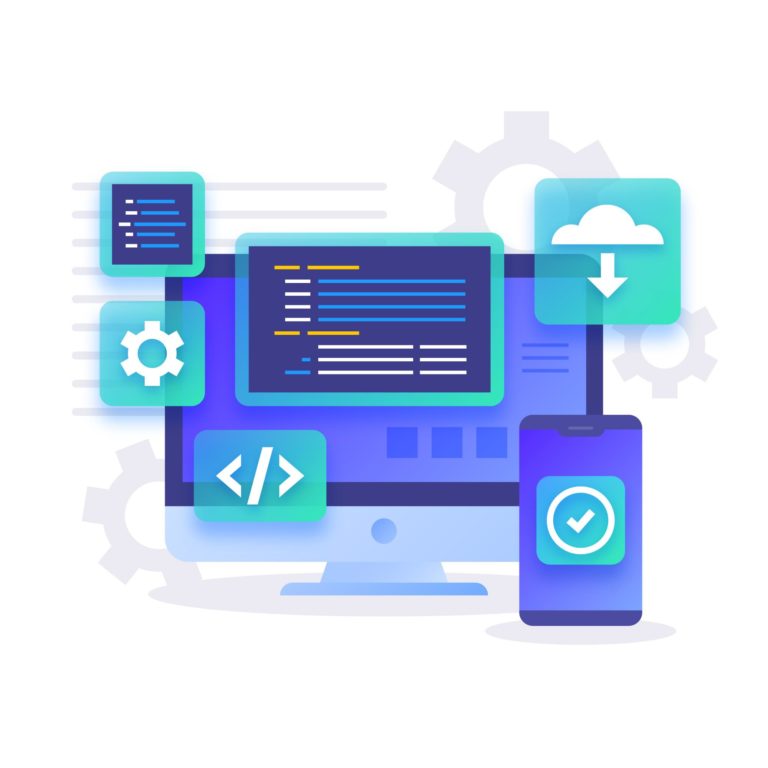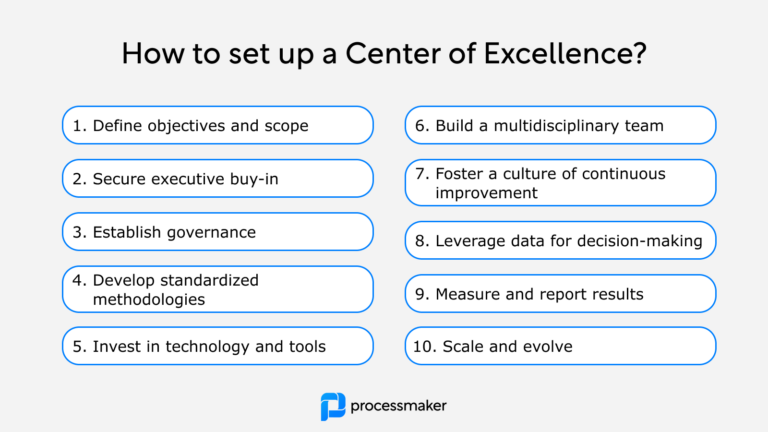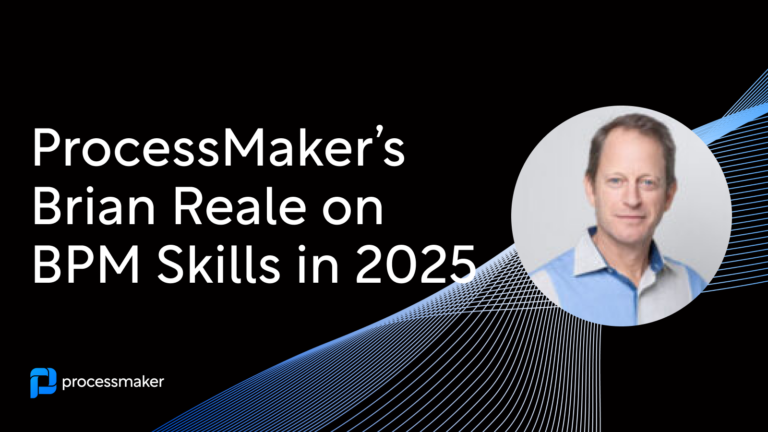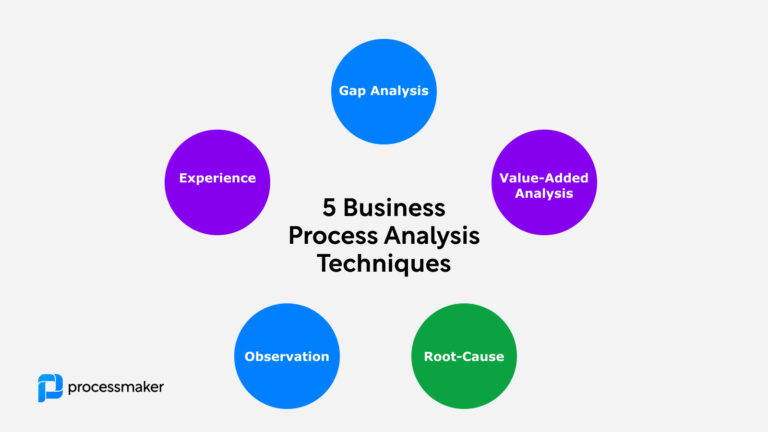Composable architecture is a key component of the Gartner coined term “composable enterprise.” Gartner defines a composable enterprise as “An organization that delivers business outcomes and adapts to the pace of business change. It does this through the assembly and combination of packaged business capabilities (PCBs). PCBs are application building blocks that have been purchased or developed.”
Composable enterprises have several core goals. These include:
- Delivering new capabilities faster for both internal and external users
- Building, testing, and deploying solutions faster
- Reducing costs by empowering both business and technical users through composable architecture in low-code BPM
- Allowing organizations to easily scale up or scale down their business operations as their needs dictate
According to experts, some 70% of digital transformation initiatives fail to reach their goals. And of the $1.3 trillion that was spent on digital transformation in 2019, an estimated $900 billion went to waste. To avoid contributing to these statistics, more and more organizations are committing to becoming composable enterprises and empowering their people through composable architecture in low-code BPM.
What is Composable Architecture?
Composable architecture involves the use of agile technologies such as APIs to scale storage, database, and network functions. Composable architecture consists of three primary layers:
- Physical Resources. The physical layer includes the computing, storage, and network resources for the composable architecture.
- Composing Software. Composing software takes physical components and organizes them into logical resource pools. These pools are accessible through APIs. They automatically compose the resources needed to meet application requirements.
- Management API. The management API helps facilitate access to the architecture’s resources. While developers use the API to programmatically control the architecture, managers use it to manipulate a specific aspect of the environment.
Why Composable Infrastructure?
Traditional IT infrastructure utilizes rigid systems such as physical servers and customized networking to support new applications. And it is often necessary to build workload-specific environments which result in silos. Composable infrastructure helps to streamline workflows to meet the agility needs of modern organizations. Instead of disparate and disconnected resources, composable infrastructure provides a single model used across the organization. This supports continuous IT service delivery, a more open learning environment, and lower operating costs.
In its Hype Cycle for I&O Automation 2019 report, Gartner notes that composable architecture is beneficial in “use cases where infrastructure must be resized frequently, or where composability increases the utilization of high-cost components.”
4 Key Components in Composable Architecture
To achieve the goals of composable enterprises, there are 4 components that you should look for when choosing a composable architecture in low-code BPM.
Integration Connectors
Integration connectors, or APIs, make it easy for organizations to integrate their architecture’s resources and to streamline their workflows. Be sure to choose a low-code BPM solution that offers a broad range of connectors. For instance, ProcessMaker’s popular connectors or API integrations feature:
- Authentication Connectors. Easily authenticate users and enable single sign-on (SSO) for use in your workflows.
- Document Storage Connectors. Design processes that connect easily with other solutions to optimize your workflows.
- Process Connectors. Design processes and easily connect them to other solutions.
UI Components
UI components such as list views or a signature capture empower business users and allow professional developers to work faster. The ability to work quickly and more efficiently allow composable enterprises to thrive in dynamic business environments.
Process Models
Low-code BPM with process modeling features makes it easy to map out existing processes or design entirely new ones. This allows organizations to streamline their workflows and build, test, and deploy their solutions faster. For instance, with ProcessMaker’s account opening workflow for banking organizations can create and deploy a streamlined account opening process.
Business Logic
Integrating business rules and decision management into your workflows allow you to automate your business processes. ProcessMaker’s integration with OpenRules makes it easy to implement and quickly update underlying business rules as market conditions change.
Achieving digital transformation does not happen overnight. It is a long-term process that involves an incremental change to IT infrastructure, business processes, and organizational objectives. Composable enterprises are ideally positioned to adapt to the pace of business change. They accomplish this through composable architecture. ProcessMaker offers an award-winning low-code BPM solution that helps organizations in a broad range of industries to achieve their digital transformation initiatives.





